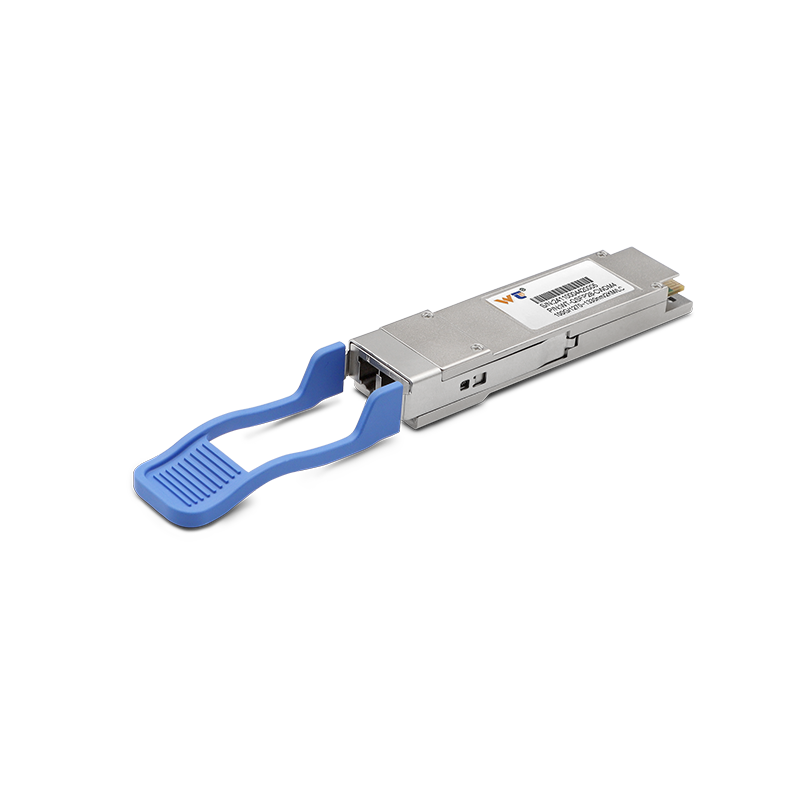In the rapidly evolving realm of smart manufacturing, the interplay between communication technologies is more crucial than ever. As we approach 2025, the demand for 100G optical modules continues to surge—these components are not just enhancing data transmission but are fundamentally altering operational paradigms in factories across the globe. The integration of optical modules into industrial robots allows for seamless real-time communication and coordination, enhancing productivity and efficiency in automated environments.
The current landscape of 100G optical modules reveals significant advancements and trends. This sector is witnessing an increased emphasis on higher data rates and reduced latency, essential for the dynamic requirements of smart manufacturing. The market is expected to grow substantially, driven by technological innovations that enable more complex automation systems. Manufacturers are increasingly adopting optical communication due to its capacity for handling vast amounts of data with minimal losses, providing the backbone needed for the sophisticated applications of tomorrow. As industries transition towards fully automated factories, it becomes imperative to harness the advantages that optical modules provide—namely, robust communication capabilities and the ability to support diverse applications simultaneously.
| Optical Module Technology | Description | Application |
|---|---|---|
| Transceivers | Convert electrical signals to optical ones | High-speed data links |
| Pluggable Modules | Easily replaceable units for diverse setups | Flexible networking systems |
| Passive Optical Networks | Utilizes passive components for efficiency | Fiber-to-the-home systems |
| Optical Amplifiers | Boost optical signal strength | Long-distance communications |
The types of optical module technologies range extensively, each serving distinct purposes within smart manufacturing. Transceivers are crucial for converting electrical signals into high-speed optical signals, which are integral to maintaining communication integrity over significant distances. Pluggable modules allow for flexibility in setup—manufacturers can easily swap out components as system demands change. As operations scale, Passive Optical Networks (PONs) become essential, providing efficient data transmission without extensive power usage. Moreover, optical amplifiers play a vital role in enhancing signal strength for long-distance communication, ensuring that even the farthest sensors or machines maintain connectivity. The interplay of these technologies forms a robust framework that supports the operational efficiency of industrial robots.
Looking towards 2025, the integration of 100G optical modules will usher in transformative networking scenarios. Consider a smart factory where autonomous robots equipped with these modules communicate instantaneously to optimize production lines. Imagine robots sharing data in real time, coordinating tasks, and making split-second decisions to enhance efficiency. This synergy between robots will lead to unprecedented flexibility and productivity, tailoring processes exactly to the demands of current workloads. Real examples may include an assembly line where robots overlap in their tasks while communicating via optical modules, streamlining outputs and reducing downtime significantly.
At our website, the optical module products offered undergo rigorous quality testing to ensure outstanding performance in all application scenarios. Whether your need lies in high-speed data transmission or long-distance communication, our optical modules meet a plethora of requirements. Each product is designed to deliver reliability, speed, and precision, which are vital for smart manufacturing environments. Our commitment to quality ensures that you can focus on optimizing your operations while we handle the communication backbone that supports your innovations.
In conclusion, the relationship between 100G optical modules and industrial robots in smart manufacturing is a game-changer. As we look to the future, the advancements in optical module technology will not only enhance the capabilities of robots but will also redefine the entire manufacturing landscape. Embracing these technologies now will prepare your operations for the demands and opportunities of tomorrow, ensuring that your manufacturing processes are efficient, agile, and ready for a smarter future.






